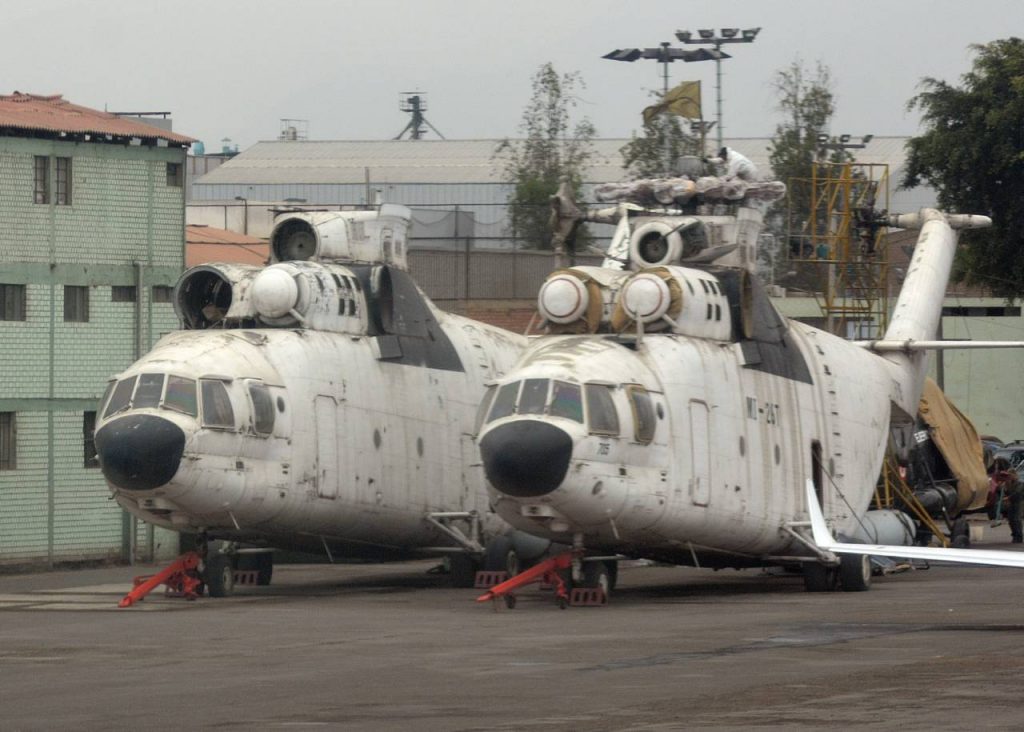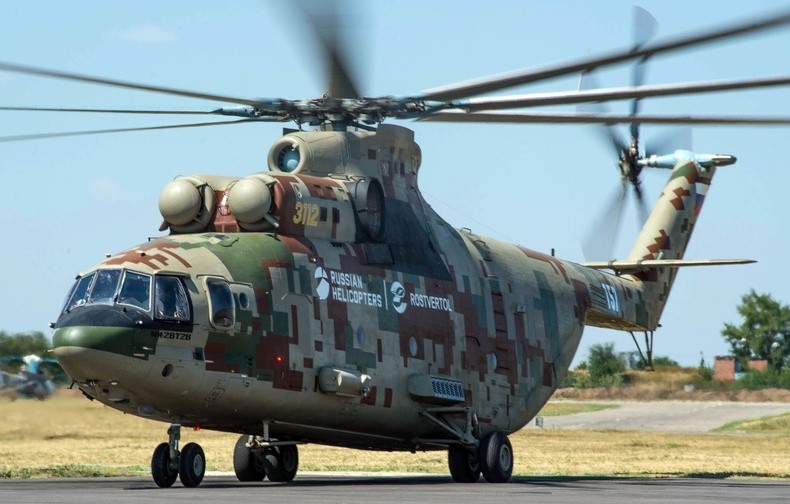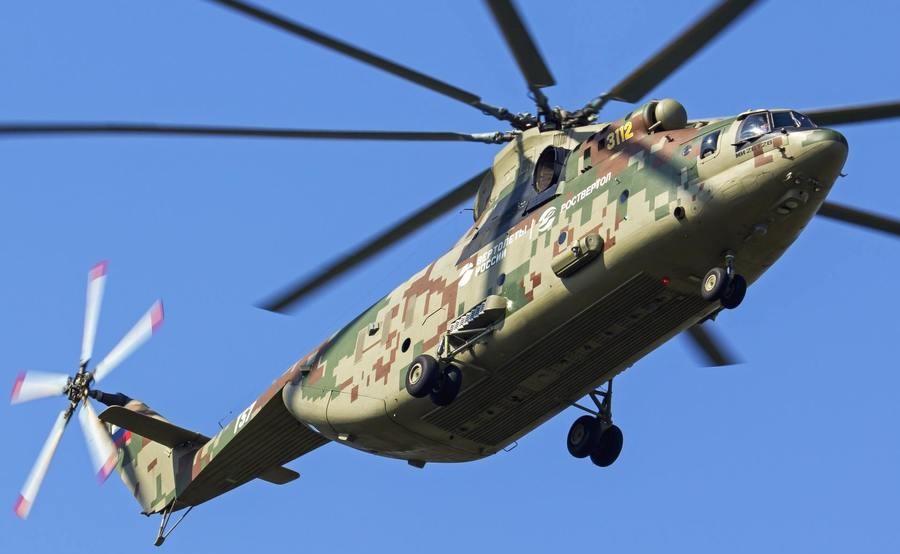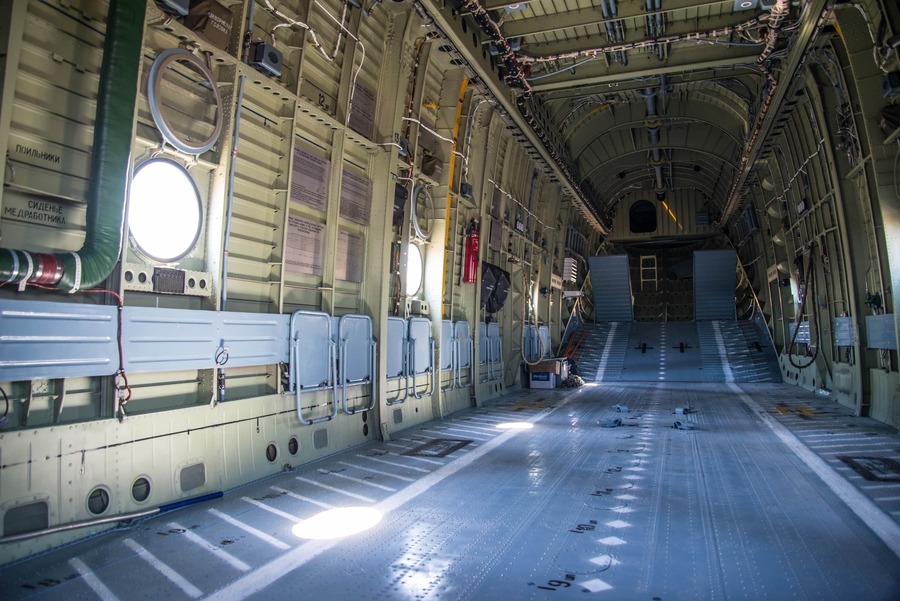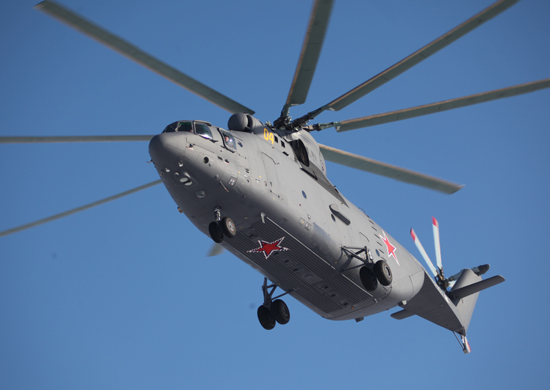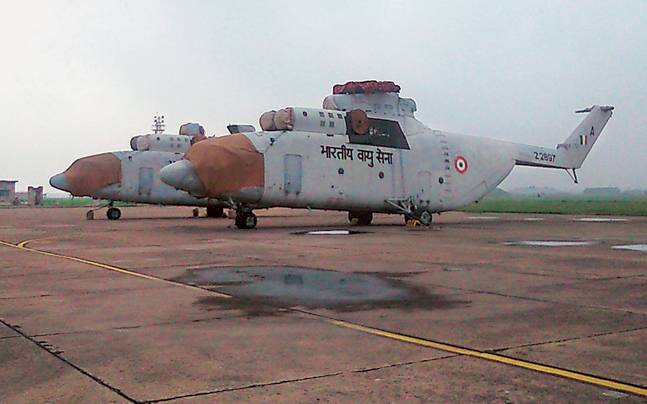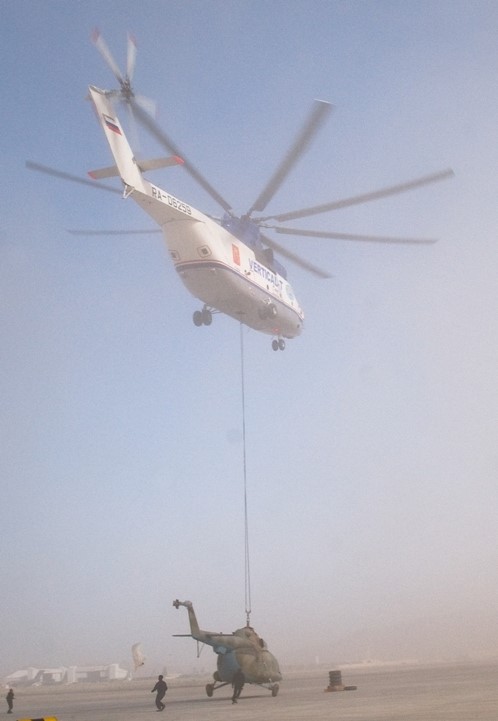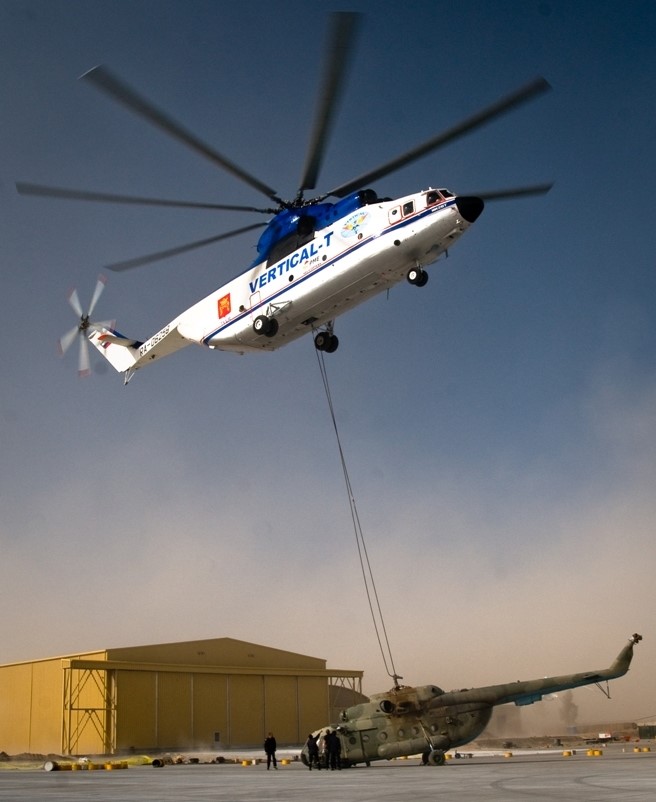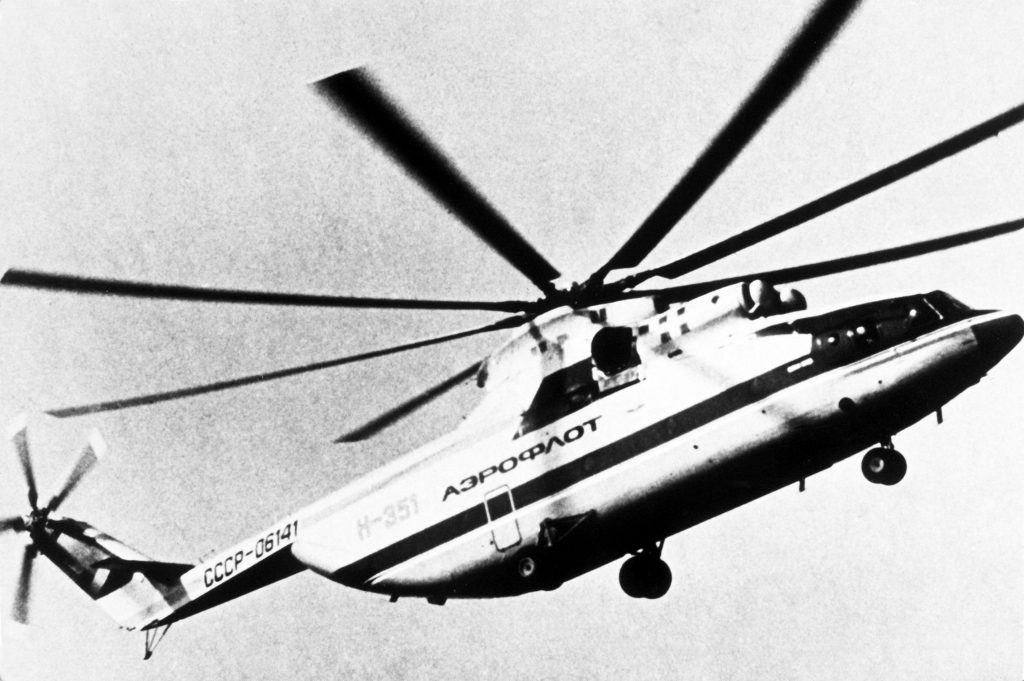Mil (мил) 26, NATO reporting name Halo.
The Mil 26 Halo was developed in the 1970s, to replace the older Mil 6 Hook. Mil is now part of the larger Russian Helicopters (JCS Russian Helicopters) ‘holding company’.
Video report, Mi-26 lifts its predecessor the Mi-6:
On 22NOV2021, Russian Helicopters-Rostec announced a deal for mass production of the new Mi-26T2V, for the Russian Ministry of Defense.
United Kingdom based Air Charter Service explains why their favorite helicopter is the Mil 26:
Poor quality video of an Abakan Avia operated Mi-26 (Ми-26) crashing in April 2020, Novy Urengoy – Vankor field, Yamal Peninsula, Russia. Three crew wounded. It looks like the pilot came in too fast with the nose too high causing the tail to hit the ground:
Abakan Avia Mi-26 heavy helicopter made hard landing at Yamal peninsula in North Russia this morning pic.twitter.com/HvzPH8Fa6U
— Maksim Pyadushkin (@M_Pyadushkin) April 25, 2020
At the end of 2019, the Ministry of Defense of the Russian Federation/Russian Helicopters announced a year of testing for its new Mi-26T2V.
2019 video, lifting a An-74:
In 2019, reportedly India finally made a deal with Russia to rebuild their surviving three Mi-26 Halos. The hope is that the aged beyond their life span Mi-26s will get another 10 to 15 years of life. India was one of the first foreign buyers of the Mi-26, during the Cold War.
In January 2019, a Mi-26 transported many materials to the Bureysky reservoir, which had been blocked by a landslide in December 2018 creating a flood threat, Russian Defense Ministry video:
TASS video of UTair Mi-26 moving an old Tu-134 ‘gate guard’ in Tyumen, Russia, 2019:
Russian Defense Ministry video of load-up of Mi-26 during Vostock 2018 war games, September 2018:
TASS video of Russian military Mi-26 practicing to fight fires, May 2018:
In October 2017, the Ministry of Defense of the Russian Federation announced the Mi-26 would be modernized to ‘T2V’ standard, allowing it to operate in bad weather, at night, and will have a self defense system against guided anti-aircraft missiles.
Also in October 2017, Russian Helicopters-Rostec announced their plans to begin helicopter maintenance operations in Mexico, to service the growing number of Russian helicopters in Mexico, including at least two Mi-26T.
VGTRK-T24 detailed video report about the Mi-26, 28APR2017:
2013(?) video report, checking out a new build Mi-26:
In early 2011, the Australian Department of Defence hired Russian contractor Vertical T to fly Mi-26 Halo transport missions in Afghanistan, specifically in Uruzgan Province.
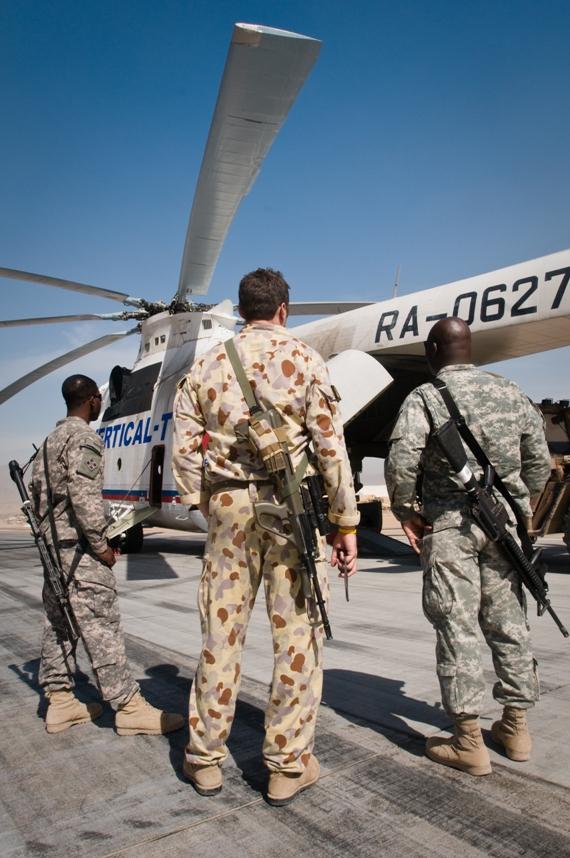
Australian and U.S. military personnel check out the huge ass of the Mi-26. Australian Department of Defence photo, March 2011.
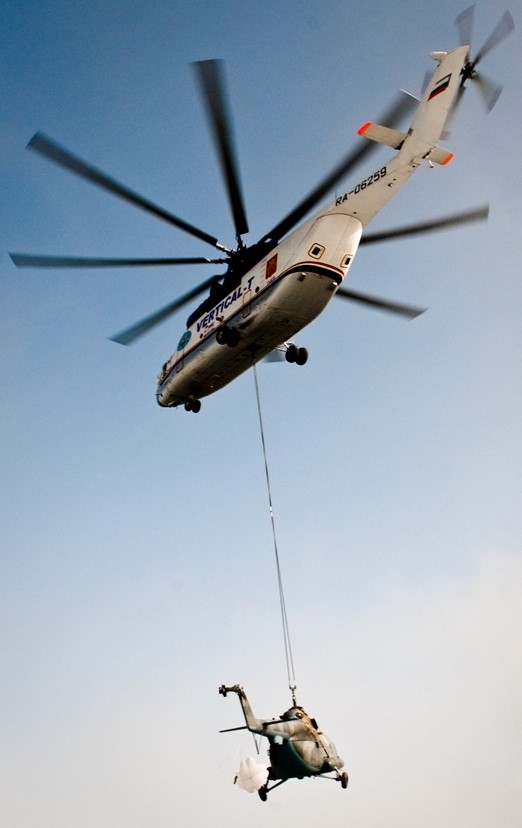
Mi-26 Halo helicopter delivers a battle damaged Mi-17 Hip to Kandahar Airfield, Afghanistan, 13JUL2011. Photo via U.S. Army’s 16th Mobile Public Affairs Detachment.
In December 2010, an Indian Air Force Mi-26 crashed at Jammu Airport/Air Force Station. The crew of seven were wounded, technical problems are suspected as the cause.
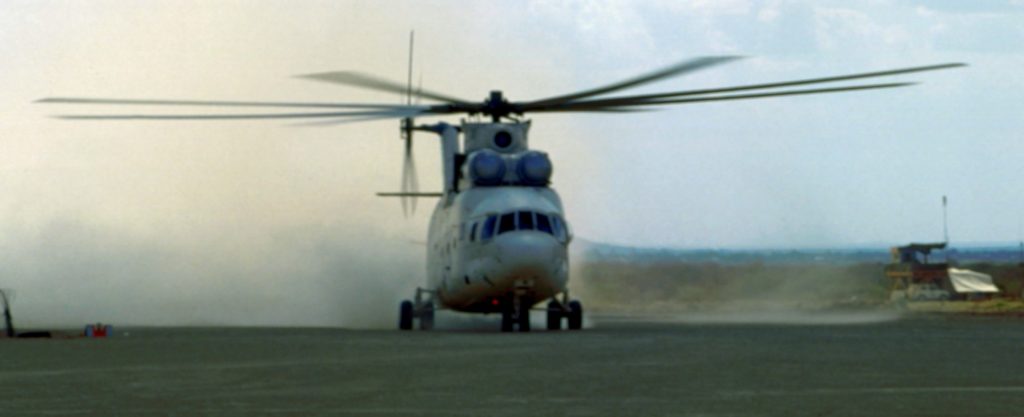
A Russian Mi-26 Halo lands at Belet Weyne (Beledweyne), Somalia, December 1993. U.S. Department of Defense photo by Sergeant G. D. Robinson.
In 1993, the Mi-26 Halo was used to shuttle supplies and personnel to areas outside Mogadishu, Somalia, during the United States led United Nation’s Operation Continue Hope.
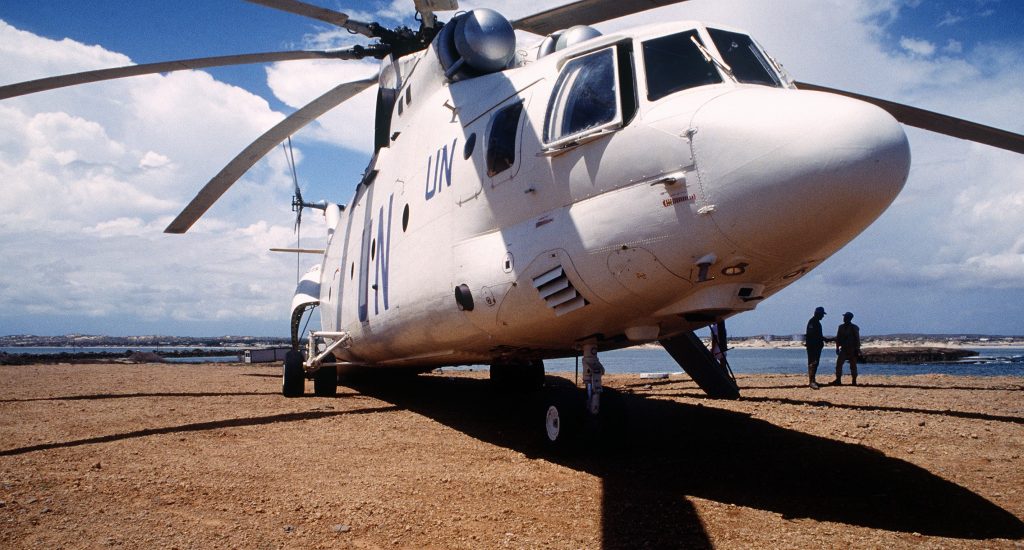
Mi-26 Halo on the shores of Kismayo, Somalia, November 1993. U.S. Department of Defense photo by Sergeant G. D. Robinson.
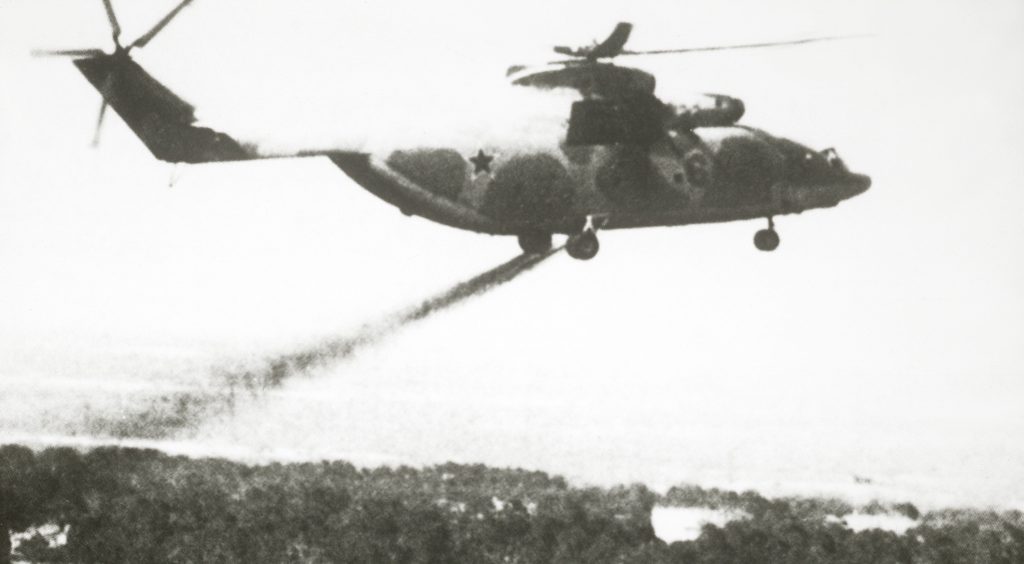
Image taken from 1986 video, showing a Soviet Mi-26 attempting to reduce radiation levels around the exploded Chernobyl nuclear reactor.
Soviet era video report, one of the first production Mi-26 arrives at Vystavka Dostizheniy Narodnovo Khozyaystva (VDNKh, ВДНХ), Moscow, 1985:
Early 1980s Soviet AviaExport promotional film about the then new Mi-26:
Cold War ‘Fake News’ Helicopter: 
Cold War Helicopters:  KAMOV 25 ‘HORMONE’
KAMOV 25 ‘HORMONE’

